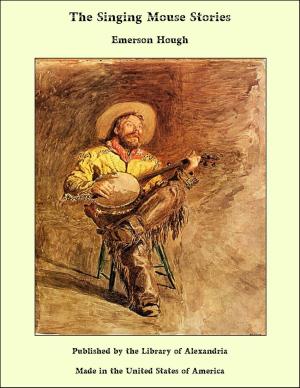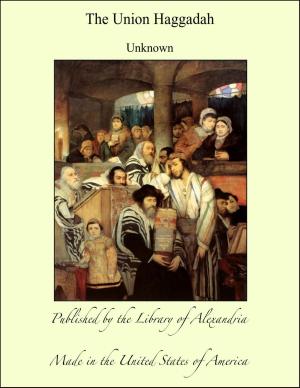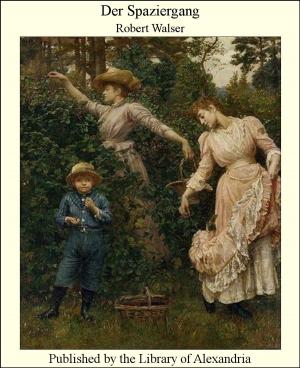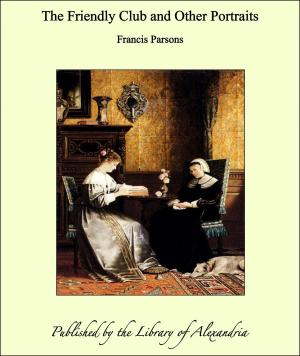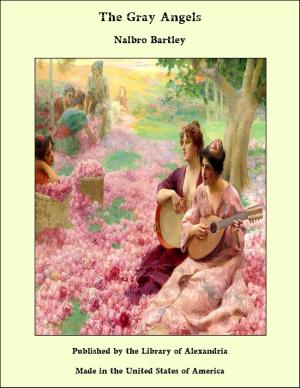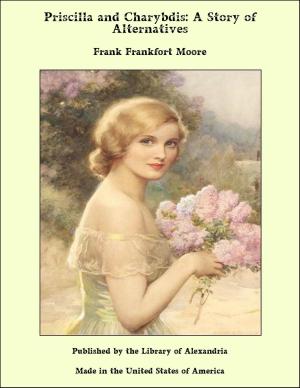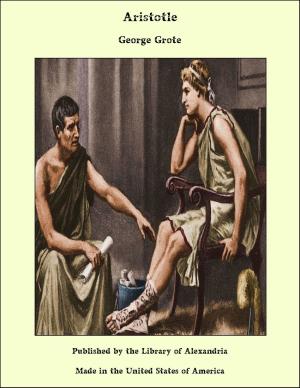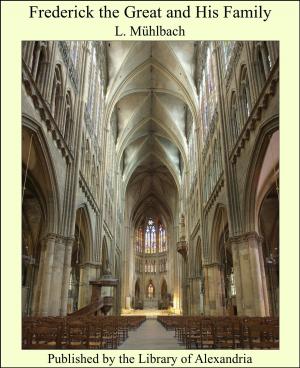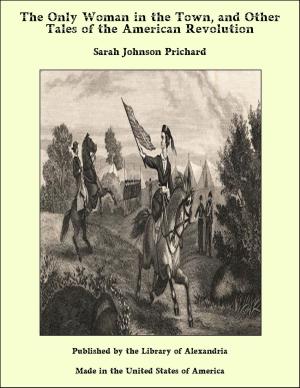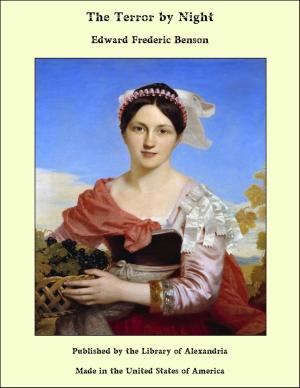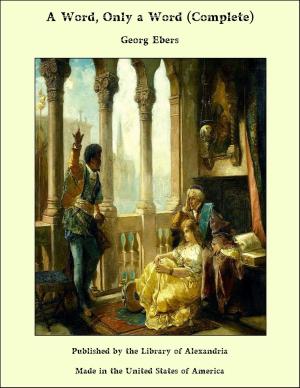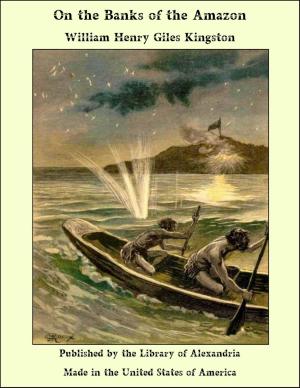Charlotte Brontë: A Monograph
Nonfiction, Religion & Spirituality, New Age, History, Fiction & Literature| Author: | T. Wemyss Reid | ISBN: | 9781465507679 |
| Publisher: | Library of Alexandria | Publication: | March 8, 2015 |
| Imprint: | Language: | English |
| Author: | T. Wemyss Reid |
| ISBN: | 9781465507679 |
| Publisher: | Library of Alexandria |
| Publication: | March 8, 2015 |
| Imprint: | |
| Language: | English |
I have spoken so freely in the opening chapter of this Monograph of the circumstances under which it has been written, that very little need be said by way of introduction here. This attempt to throw some fresh light upon the character of one of the most remarkable women of our age has not been a task lightly taken up, or hastily performed. The life and genius of Charlotte Brontë had long engaged my attention before I undertook, at the request of the lady to whom I am indebted for most of the original materials I have employed in these pages, the work which I have now completed. In executing that work I have had ample reason to feel and acknowledge my own deficiencies. With the knowledge that I was treading in the footsteps of so consummate a literary artist as Mrs. Gaskell, I have been compelled to refrain from writing not a few of the chapters in Charlotte Brontë's life which are necessary to a complete acquaintance with her character, simply because they had been written so well already. And whilst I necessarily shrink from any appearance of rivalry with Charlotte Brontë's original biographer, I have been additionally oppressed by the feeling that the pen which can do full justice to one of the most moving and noble stories in English literature has not yet been found. But I have been sustained both by the sympathy of many friends, known and unknown, who share my feelings with regard to the Brontës, and by the invaluable assistance rendered to me by those who were intimately acquainted with the household at Haworth Parsonage. Foremost among these must be mentioned Miss Ellen Nussey, the schoolfellow and life-long friend of Charlotte Brontë, who has freely placed at my disposal all the letters and Other materials she possessed from which any light could be thrown upon the career of her old companion, and who has in addition aided me with much valuable counsel and advice in the decision of many difficult points. Miss Wooler, who was Charlotte's attached teacher, and who still happily survives in a green old age, has also placed me under obligations by her readiness to supply me with her pupil's letters to herself. Nor must I omit to mention my indebtedness to Lord Houghton for information upon questions which could only be decided by those who met "Currer Bell" during her brief visits to London at a time when she was one of the literary lions of society. The additions made in this volume to the Monograph as it originally appeared in Macmillan's Magazine are numerous and considerable. It should be mentioned that a few of the letters now published (about twenty) were printed some years ago in an American magazine now extinct. The remainder, and by far the larger portion, will be entirely new to readers alike in England and the United States. Headingley Hill, Leeds,February, 1877. A plaque in memory or Rev. Brontë's deceased wife and children
I have spoken so freely in the opening chapter of this Monograph of the circumstances under which it has been written, that very little need be said by way of introduction here. This attempt to throw some fresh light upon the character of one of the most remarkable women of our age has not been a task lightly taken up, or hastily performed. The life and genius of Charlotte Brontë had long engaged my attention before I undertook, at the request of the lady to whom I am indebted for most of the original materials I have employed in these pages, the work which I have now completed. In executing that work I have had ample reason to feel and acknowledge my own deficiencies. With the knowledge that I was treading in the footsteps of so consummate a literary artist as Mrs. Gaskell, I have been compelled to refrain from writing not a few of the chapters in Charlotte Brontë's life which are necessary to a complete acquaintance with her character, simply because they had been written so well already. And whilst I necessarily shrink from any appearance of rivalry with Charlotte Brontë's original biographer, I have been additionally oppressed by the feeling that the pen which can do full justice to one of the most moving and noble stories in English literature has not yet been found. But I have been sustained both by the sympathy of many friends, known and unknown, who share my feelings with regard to the Brontës, and by the invaluable assistance rendered to me by those who were intimately acquainted with the household at Haworth Parsonage. Foremost among these must be mentioned Miss Ellen Nussey, the schoolfellow and life-long friend of Charlotte Brontë, who has freely placed at my disposal all the letters and Other materials she possessed from which any light could be thrown upon the career of her old companion, and who has in addition aided me with much valuable counsel and advice in the decision of many difficult points. Miss Wooler, who was Charlotte's attached teacher, and who still happily survives in a green old age, has also placed me under obligations by her readiness to supply me with her pupil's letters to herself. Nor must I omit to mention my indebtedness to Lord Houghton for information upon questions which could only be decided by those who met "Currer Bell" during her brief visits to London at a time when she was one of the literary lions of society. The additions made in this volume to the Monograph as it originally appeared in Macmillan's Magazine are numerous and considerable. It should be mentioned that a few of the letters now published (about twenty) were printed some years ago in an American magazine now extinct. The remainder, and by far the larger portion, will be entirely new to readers alike in England and the United States. Headingley Hill, Leeds,February, 1877. A plaque in memory or Rev. Brontë's deceased wife and children

